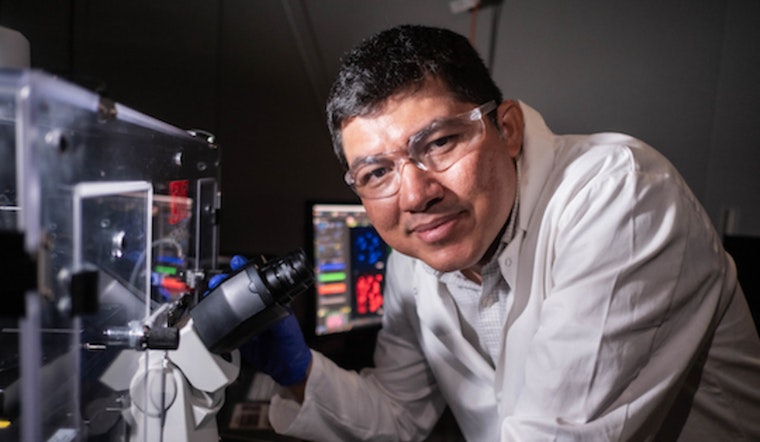
Scientists at Rice University are making waves with a groundbreaking approach to annihilating cancer cells, foregoing traditional therapies in favor of "molecular jackhammers." This novel technique employs molecules that vibrate with such intensity that they shatter the cellular structure of cancer cells when hit with near-infrared light, per a report from the Houston Chronicle.
In an exciting turn of events, lab tests on human melanoma cells have shown a staggering 99 percent success rate, while treatments on mice halved the number of afflicted with tumors. As Ciceron Ayala-Orozco, Rice research scientist in the Tour group and the study's lead author, told the Houston Chronicle, "We’ve found this to be a very efficient way to kill cancer cells." These treatments, however, are not ready to be tested on humans just yet.
What sets the "molecular jackhammer" approach apart is its reliance on a specific kind of vibrating dye molecule, known for its use in medical imaging. Unlike previous methods that needed visible light, the new process takes advantage of near-infrared light, capable quickly to penetrate deeper into human tissue without causing damage. James Tour, Rice chemist and collaborator in this research, highlighted to Rice News the impressive depth the near-infrared light can reach, up to 10 centimeters inside the body compared to the half-centimeter limitation of visible light.
The potential use cases of this technology extend beyond just treating localized tumors. Ayala-Orozco speculates that the "molecular jackhammer" could be employed alongside existing cancer treatments like chemotherapy or immunotherapy. In an interview with the Houston Chronicle, he suggested that if the treatment bursts the cells open, this could expose their cancerous material to the immune system, thus aiding it in identifying and combating the cancer spread.
The research team has already conducted tests of their method on various cancers, such as prostate, pancreatic, colon, and breast cancers in human lab cultures, and they are actively pursuing additional funding to expand testing. The enthusiasm for this promising pursuit is shared not only by scientists but also by patients from around the globe seeking more information and hope from these findings, as Ayala-Orozco remarked to the Houston Chronicle.
While the scientific community eagerly watches the progress, Rice University researchers are in talks with a startup interested in licensing the technology, an effort aimed to bring this potentially lifesaving innovation closer to market and clinical application.









-1.webp?w=1000&h=1000&fit=crop&crop:edges)